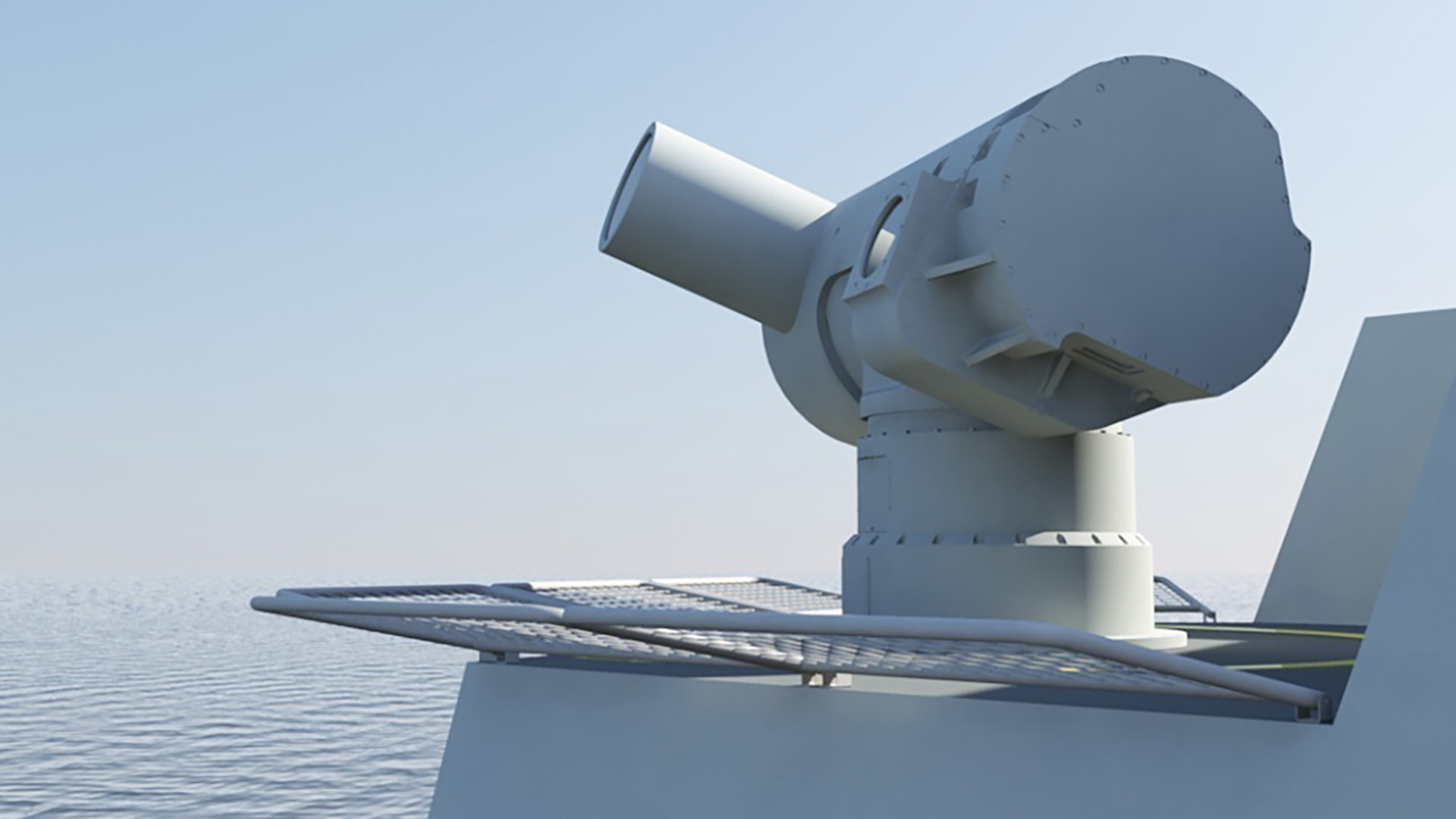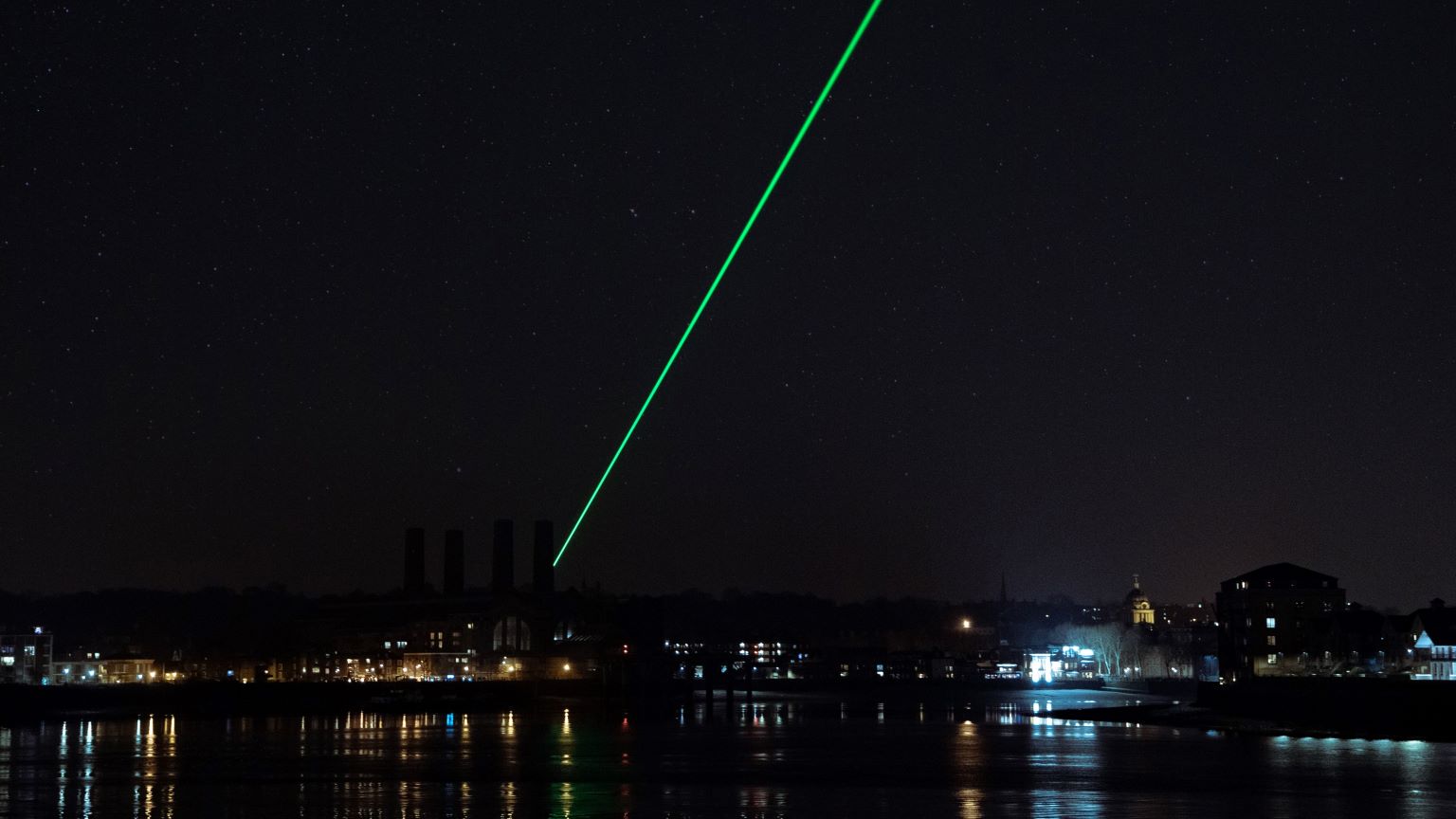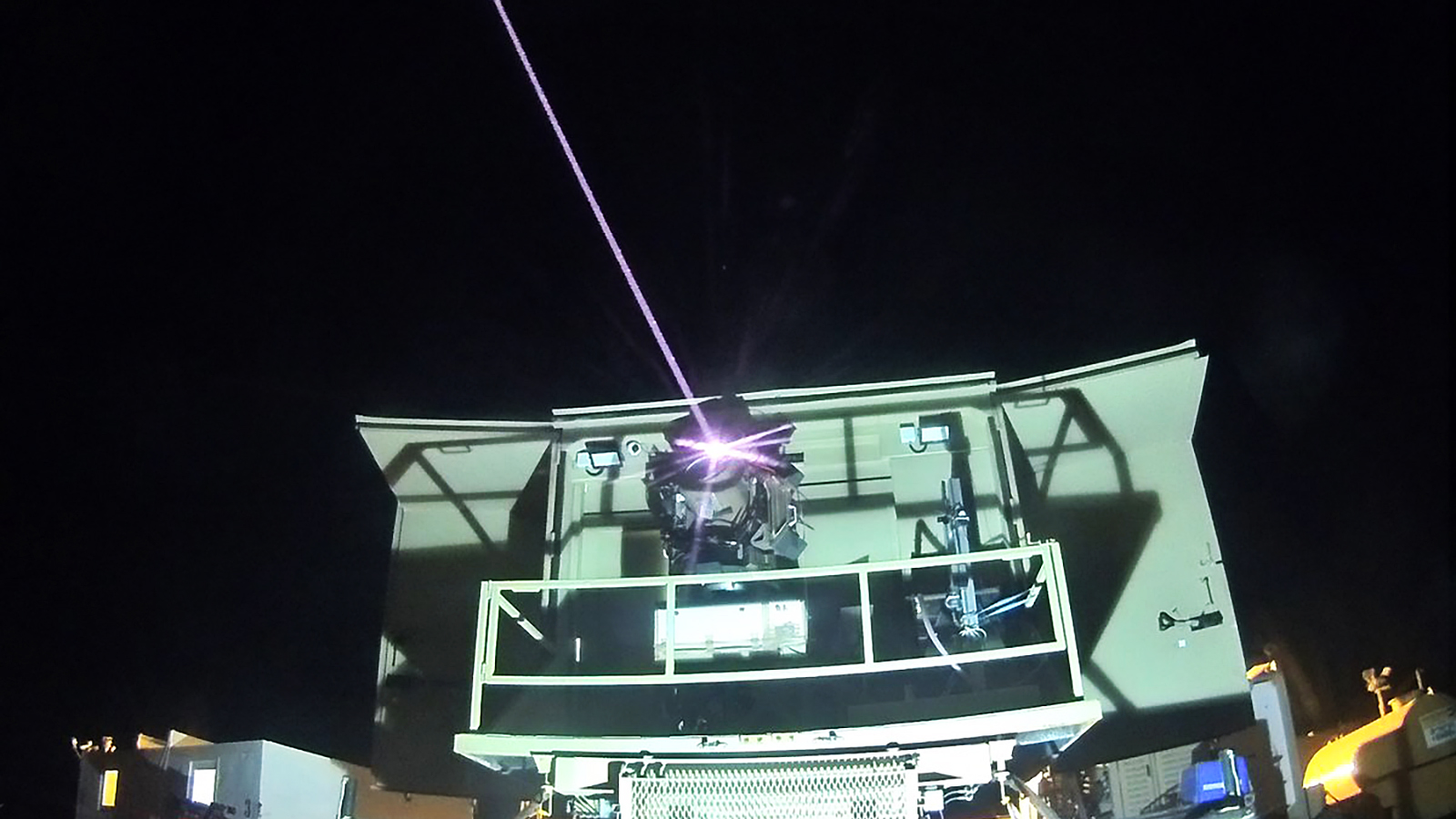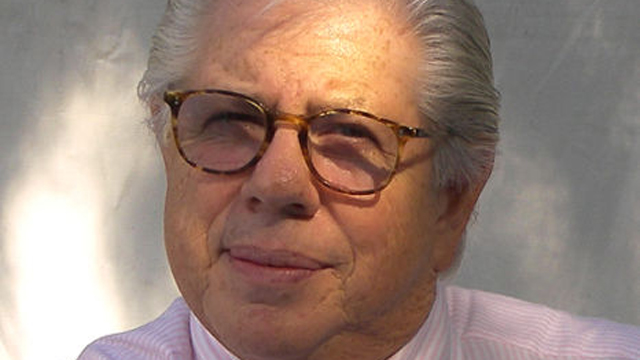The Past and Future of Laser Weapons: A Big Think Timeline

Timeline: While laser weapons have existed in science fiction for years, they have had only limited success in reality—until recently, that is. Today Big Think looks back at the history of lasers over the past century.
1917: Albert Einstein theorizes the foundations for the laser, by pointing out that stimulated emission of radiation is possible.
June 1959:Gordon Gould, a Columbia University doctoral student first publishes the term “laser”—short for “Light Amplification by Stimulated Emission of Radiation.”
May 1960:Theodore Maiman of Hughes Research Laboratories in Malibu constructs the first fully functioning laser.
May 1972: U.S. signs Anti-Ballistic Missile (ABM) Treaty, limiting the use of anti-ballistic missiles to defend against nuclear missile strikes.
March 1983: Despite the ABM Treaty, President Reagan announces the Strategic Defense Initiative (SDI) intended to protect against a Soviet nuclear attack. Lasers are a crucial system in the initiative, though two major issues limit their viability: how to derive the massive amounts of energy necessary to power a laser and where to mount the (often gigantic) machinery necessary to do so.
September 1985: A Mid-Infrared Advanced Chemical Laser (MIRACL) destroys a Titan missile booster, marking the first successful deployment of laser weapon technology. Subsequent tests, however, show only mixed results, and public favor turns against laser weapons, with many renaming Reagan’s initiative “Star Wars.”
November 2002: A powerful anti-missile laser, called Tactical High Energy Laser (THEL), developed jointly by the U.S. and Israel successfully downs an incoming artillery round. Despite THEL’s success, the project is eventually scrapped due to bulkiness and high cost.
December 2002: President George W. Bush commits to new missile defense systems, withdrawing from the Anti-Ballistic Missile Treaty and changing the initiative to Missile Defense Agency (MDA).
February 2010: Boeing’s YAL-1 Airborne Laser Testbed, a powerful chemical laser mounted inside a jumbo jet, successfully destroys a ballistic missile while in flight.
May 2010: U.S. defense firm Raytheon Missile Systems destroys 4 unmanned drones from a Navy warship, marking the first successful laser test in a marine environment. (Previously, sea air had interfered with lasers’ functioning.) Known as the Laser Close-In Weapon System (LCIWS), Raytheon’s weapon has an invisible 50kw beam that is capable of shooting down aircrafts from several miles away. This development has been hailed as “the beginning of a new era in missile technology.” Raytheon says its new weapon could be deployed as soon as 2016.
April 2011: In a demonstration near California’s San Nicholas island, a 15 KW laser weapon mounted on the USS Paul Foster sets fire to an inflatable boat from a mile away. This is the first time a ship-bound laser has been used to destroy another vessel.
See the aftermath of the laser attack here:





